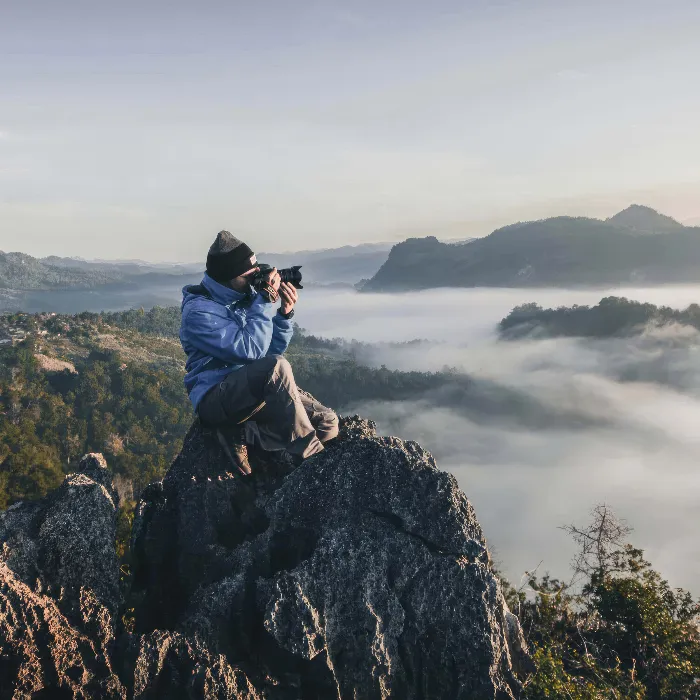The resolution of a camera is a commonly discussed topic, especially when it comes to the question of how many megapixels are truly necessary to produce high-quality photos. You have probably heard that more megapixels are better – but is that really the case? In this tutorial, we will shed light on the various aspects of resolution, clarify misunderstandings, and help you make informed decisions when photographing.
Key Insights
The resolution is not the sole measure of image quality. Cameras with lower megapixel counts can also deliver impressive images. As long as the starting point is good, you can effectively use both analog and digital film. It is crucial to select the right resolution for the intended use and optimize your camera's quality settings.
Step-by-Step Guide
Understanding the Importance of the Starting Point
The starting point of your images is crucial for the quality you can achieve. A fascinating example is an analog photo that was scanned at just one megapixel. This image displays many details and remarkable sharpness – features that are often not associated with such a low resolution.

In this case, it is clear that sharpness and detail fidelity are not solely determined by the megapixel count, but also by the original shot. Therefore, we should not focus solely on megapixels when selecting our cameras.
The Impact of Megapixels
A camera with a high megapixel count, such as 20 or 50 megapixels, offers some advantages. It ensures that you still get a lot of detail and quality when cropping at the edges of the image. If you use a camera with 20 megapixels or more, you can easily print at DIN A3 size, even after cropping the image.
However, it is crucial to emphasize that more megapixels are not automatically better. For many photographers who primarily capture portrait-like subjects, a resolution of 50 megapixels may involve more effort than benefit. You might need to spend more time on editing if you are working with more details.
Megapixels and Image Editing
It is important for you to understand that most of your images will likely be compressed and shared online at a lower resolution. An image you upload to Facebook may only have 1.5 to 2 megapixels. In this context, the megapixel count of your camera plays a smaller role.

The source material is crucial. If you produce a 4K video, the end product will also appear in significantly higher sharpness and detail fidelity, which has a comparable effect to a higher megapixel count.
Choosing High Quality with Low Compression
To get the best results from your camera, you should always choose the highest quality setting with the least compression. Your camera's interface will help you with this. In Canon cameras, this option often appears as a round triangle with a rounded corner, where you can select the resolution.
Whether your camera offers 16, 18, or 20 megapixels – you should strive to utilize the full resolution. Lower resolutions may save storage space, but they make a real DSLR camera unnecessary. A simple smartphone could offer exactly the same performance in this case.
Highest Resolution vs. Practical Use
It is best to set the highest resolution to ensure you are making the most of your camera's capabilities. Make use of your camera's features and be proactive. If you are unsure how to change the settings, check out my comprehensive tutorial on camera menus or contact me. I will show you how to make the desired adjustments.
Summary – Learning to Photograph: Understanding the Importance of Resolution Correctly
Through the explanations and practical tips on megapixels and resolution, it becomes clear that the highest number is not always decisive for high-quality photos. It is much more important to make the best of the material available to you and to learn to handle the camera optimally.
Frequently Asked Questions
How many megapixels are necessary for good photos?It depends, but often 12-20 megapixels are sufficient for most applications.
Does resolution affect print quality?Yes, a higher resolution allows for better printing results, especially in large formats.
Do I need more megapixels for photography?Not necessarily, it depends much more on technique and lighting conditions.
What should I consider when setting up the camera?Always choose the highest quality setting with the lowest compression for optimal results.
Are analog photos better than digital photos?It depends on many factors, including the quality of the shot and the scanning technology.


